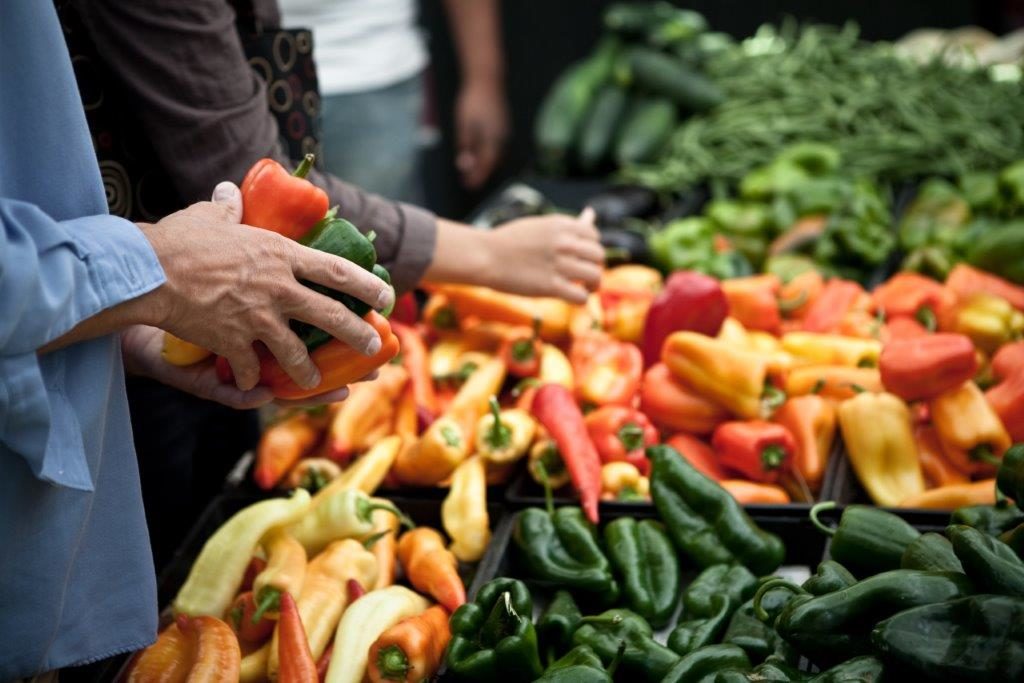
4 easy ways to eat more fibre
When it comes to diet, many people are great at getting a good balance between protein, carbohydrates and fat. Others focus on eating the right amount of vitamins, minerals and amino acids, looking at things on a much more intricate scale. However, there’s one nutrient that often gets missed out: Fibre.
You probably already know that fibre is good for your health, and have almost certainly heard that it relieves constipation, but did you know that it can help you lose weight? How about its ability to lower the risk of heart disease and diabetes? The nutrient is incredibly useful for the human body.
Fibre has been known to slow the absorption of sugar into the blood, as well as lowering levels of 'bad’ cholesterol. Foods that are high in the nutrient tend to be more filling as well, and tend to contain fewer calories than low-fibre snacks. All this combines to make high-fibre foods perfect for the health-conscious.
Of course, these benefits are all well and good, but how can you actually eat more fibre? You can go out of your way to get more into your diet, but there are actually a few easy ways to replace certain foods you eat with others in order to live a more fibre-rich lifestyle. Here are four of the best:
Switch the white rice for a different grain
Rice is a great, healthy accompaniment to meals. However, white rice has been stripped of the bran that coats the outside of the grains, which contains a significant amount of healthy fibre as well as other great nutrients.
Brown rice is therefore much healthier for you, and will not be a significant change besides taking a bit longer to cook. However, there are other great grains you could use instead of white rice that are healthy, tasty and contain much more fibre.
For example, you could use quinoa, which contains 2.8g of fibre per 100g; much better than white rice’s 0.4g. Then there’s amaranth, with 2.1g of fibre per 100g, or pearl barley with 3.8g. Any one of these will make a great, nutritional alternative to white rice.
Go veggie every so often
If you’re not already vegetarian, you might make meat the main star of most of your meals. While this can be tasty, it’s not the most fibre-rich option available. Instead, swap out your usual beef or chicken-based meals for something vegetarian in order to get a more balanced range of nutrition.
For example, instead of a beef chilli you could make one with sweet potato and black beans. As well as being delicious, these two ingredients are high in fibre, especially the beans. The meal will also provide you with plenty of protein.
Stick to healthy snacks
Most of the things we like to snack on are high-carb, high-fat treats like crisps and cakes. Obviously, these are not good for us in many ways, including being low in fibre. In order to get more of this nutrient into your diet, you need to change things up a bit.
Instead of crisps, you could opt for air-popped popcorn. You might be surprised by how much fibre is in this snack, as it’s typically seen as being unhealthy. However, this is generally due to it being prepared by frying it in oil. If it is air popped, you can get rid of the bad elements and have it as a healthy option.
Even better than this is something as simple as fresh fruit. Apples, pears and other options all contain a good amount of fibre. However, this can be lost if the fruits are juiced, dried or blended into a smoothie, so make sure you’re eating them as they come.
Eat plenty of avocado
You’ve probably heard loads about avocados, as they’ve become something of a fad food recently. However, that doesn’t change the fact that they’re incredibly good for you, packed full of vitamins, healthy fats, and – of course – plenty of fibre. In fact, there can be up to ten grams of fibre per avocado.
The fruit is quite a versatile one to add to meals. You can slice it and add it to a salad; mash it up with red onion, garlic and lemon juice to make fresh guacamole; or simply crush it and serve it on wholewheat toast for a nutritious breakfast.



